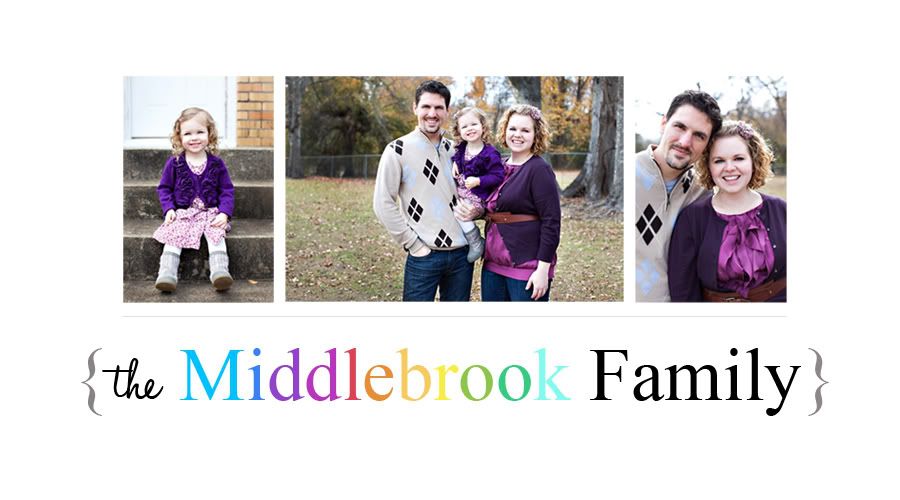The Passover is one of the oldest rituals in history that has been continuously celebrated. The traditions have evolved but the best of them highlight the original significance and then show its meaning for our lives today. On the first Passover (see Exodus 12) Egypt suffered the death of the firstborn of each family, the tenth and final plague, while the blood of a sacrificial lamb signaled Israel's utter loyalty to God, whose Spirit passed over their homes.
The Passover Seder is a ritual meal that is accompanied by a set of prayers (HaAggadah). I believe it is a relatively recent trend among Christians to host "Messianic" Seders. The rationale is good. Namely, this is the very ritual meal that was depicted as Christ's Last Supper. The details of blessing the bread, wine, ritual washing, reclined seating, etc. mentioned in the Gospels all testify to the fact that Jesus was intentionally using this ancient tradition to communicate and commemorate his mission of the in-breaking Kingdom. As a symbol of our utter loyalty to God, Christians still eat bread and drink from the cup, since it is called the body and blood of our Passover Lamb, the Messiah Jesus (I Cor. 5:7). You may remember the "odd" detail that before the disciples followed Jesus into the Garden to pray, they all sang a hymn. According to some old traditions, the Hallel (Ps. 113-118) was sung at the Seder. IF you were to read Ps. 118, I know you would be blessed to note the many allusions to Christ and thereby catch just a little bit of the excitement (and bravado) that caused the disciples to talk big about standing by Jesus, even unto death.
The Passover Seder is a ritual meal that is accompanied by a set of prayers (HaAggadah). I believe it is a relatively recent trend among Christians to host "Messianic" Seders. The rationale is good. Namely, this is the very ritual meal that was depicted as Christ's Last Supper. The details of blessing the bread, wine, ritual washing, reclined seating, etc. mentioned in the Gospels all testify to the fact that Jesus was intentionally using this ancient tradition to communicate and commemorate his mission of the in-breaking Kingdom. As a symbol of our utter loyalty to God, Christians still eat bread and drink from the cup, since it is called the body and blood of our Passover Lamb, the Messiah Jesus (I Cor. 5:7). You may remember the "odd" detail that before the disciples followed Jesus into the Garden to pray, they all sang a hymn. According to some old traditions, the Hallel (Ps. 113-118) was sung at the Seder. IF you were to read Ps. 118, I know you would be blessed to note the many allusions to Christ and thereby catch just a little bit of the excitement (and bravado) that caused the disciples to talk big about standing by Jesus, even unto death.

It was nice that the Palm branches were incorporated into the table decorations. Surely the Triumphal Entry was fresh in the mind of those who knew Christ was (as that name means) the Messiah.
I rigged up a threshold and provided some paint and a hyssop branch for the families attending.
Inside, we were met with many strange symbols on the table. Mostly, they refer to the bitterness of slavery (pure horseradish, parsley dipped in salt water) and the sweetness of freedom and peace (a fruit and nut mixture, a complete egg). The unleavened bread is set in stacks of three. The middle layer is broken and hidden early in the meal. Many believe Jesus used this portion to speak to the disciples about his broken and enshrouded body that would be revealed athis Resurrection and Return.
This year we had 19 persons (3 kids) celebrate together! There was a festive atmosphere, but the guidebook was filled with scripture which kept things grounded (liturgically speaking).

The experience was a mixture of prayer, praises, and feasting. I could use more of each in my life, and I am glad that Jesus gave the command to his Church to remember him in this manner. However you are celebrating the Eucharist, Lord's Supper, or Communion tomorrow, may God's praises be heard for his great love for all people and this great hope he has given to his Church.
-writtten by Thomas, Easter-tide 2012.
-writtten by Thomas, Easter-tide 2012.




No comments:
Post a Comment